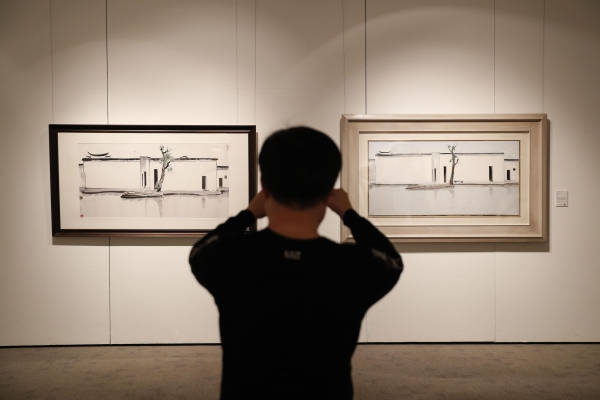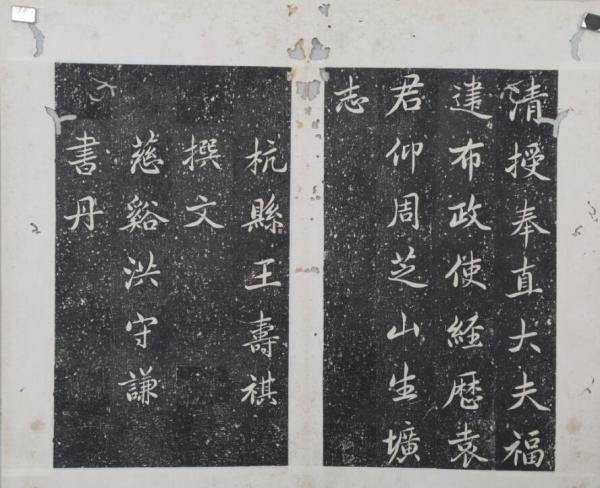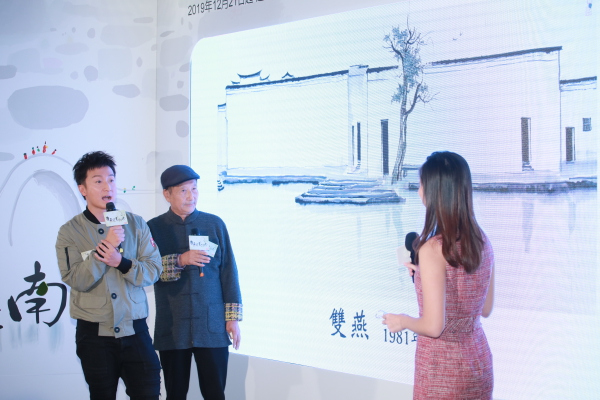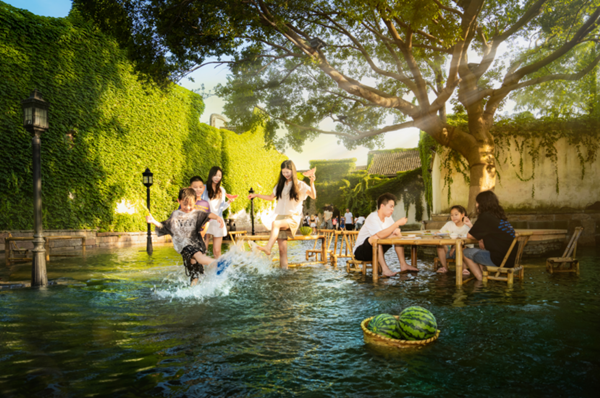One of the essays in Recollections of Tao An’s Dreams penned by early Ming Dynasty essayist and historian Zhang Dai (1597-1684) is Sun and Moon Lake.. The lake is in Ningbo, a harbor city in eastern Zhejiang.
“Seated near the South Gate in downtown Ningbo, the two-in-one lake is the smaller part known as the Sun Lake linked with the Moon Lake that is bigger in size by a lovely causeway...”

In the baptism of time, the Moon Lake became the city’s most famous lake for its unique historic magnificence. The lake’s intriguing cultural and historical significance is summarized in an article by dramatist Wei Minglun (born in 1941). Wei says that the lake was first made in the Zhenguan years of the Tang Dynasty (618-907) and became known as the “twin lake” in the Taihe years when the magistrate of Mao County (present-day Jiangdong District, eastern Yinzhou District, Beilun District and the Zhoushan Archipelago) launched a water diversion project that drew the water of Zhangxi River into the town. The lake area went through further reconstruction in the Northern Song (960-1127), and became a popular scenic spot which drew admirers to its seasonal beauty all the year round.

Known as one of the “top 10 attractions of the Moon Lake”, Huayu (literally “floral islet”) showcases the scenic charm of the lake area. The enchanting landscape of the islet was described by prefecture chief Liu Cheng of the Northern Song as “a fairyland on earth”. The architectural heritage on the floral islet features the Moon Lake Nunnery and the Yuan’s Estate, the latter is the prototype of Two Swallows, one of the masterpieces by the famous artist Wu Guanzhong (1919-2010). For visitors who only give a cursory glance at the tall, whitish walls of the house, there is nothing special about the estate except its location.
The release of Wu’s artwork caused a stir in the local media in Ningbo in 2011. Although it is true that present-day Ningbo was once a “water town” in the old times, some people argued that it was groundless to make the conclusion that the Yuan’s Estate in Huayu was the prototype of Wu’s Two Swallows.. The cease-fire came when someone shared a picture that looks almost exactly the same with the scene depicted by Wu Guanzhong.

“We were on our way back from Zhoushan. As we were way ahead of the estimated time of arrival of the train at the Ningbo Train Station, so we took a walk in the town, and were so enchanted by the riverside houses that we took out the paintbrush to put the scene onto the paper. The train pulled out of the station when we just made it back and got in. The houses we came across that day were the inspiration ofTwo Swallows. , and I know the houses may not be there for too long,” wrote the painting master in an introduction toTwo Swallows .
Behind the world’s most beautiful art creations there is always a sensitive heart that can perceive the most transient beauty.Two Swallows. is regarded by the artist as his most representative work not only in his “Jiangnan” creations but also in his entire portfolio.

“The geometric composition in Two Swallows. is not like Mondrien’s works that pursue only minimalism and purity. Wu’s painting contains deep, Oriental affections. The swallows fly away, but the nostalgia brims over. The conciseness and the black-and-white contrast of Two Swallows. has since become the eye of my artistic thoughts, as can be seen in several other works such as Former Residence of Qiu Jin (1988) and Jiangnan Memories (1996).”
The former owner of the house on the islet was Yuan Yangzhou, born in present-day Ningbo in 1871. He spent about 20 years in Qiantang (present-day Hangzhou), Haining and Xincheng.A Dictionary of Who’s Who in the Banking Industry of Contemporary China shows Yuan Yangzhou was one of the shareholders of the Huiyuan Money Shop, founded in 1916. Built in the Daoguang years of the Qing Dynasty (1644-1911), the house also served as the private library of Yuan Yangzhou.
According to The Thousand-year Vicissitudes of Moon Lake , late Qing writer and painter Yao Xie (1805-1864) also spent many years in Yuan’s house. If what the man mentioned in one of his articles about the country house of his friend and librarian Ye Yuanjie is taken seriously, the first owner of the Yuan’s Estate in Huayu still remains a mystery.
“We gathered at his country house by the lake three times a month, admiring the lake views and sharing poems…”According to A Chronicle of Yao Xie’s Life , the article was written when Yao was 24.


